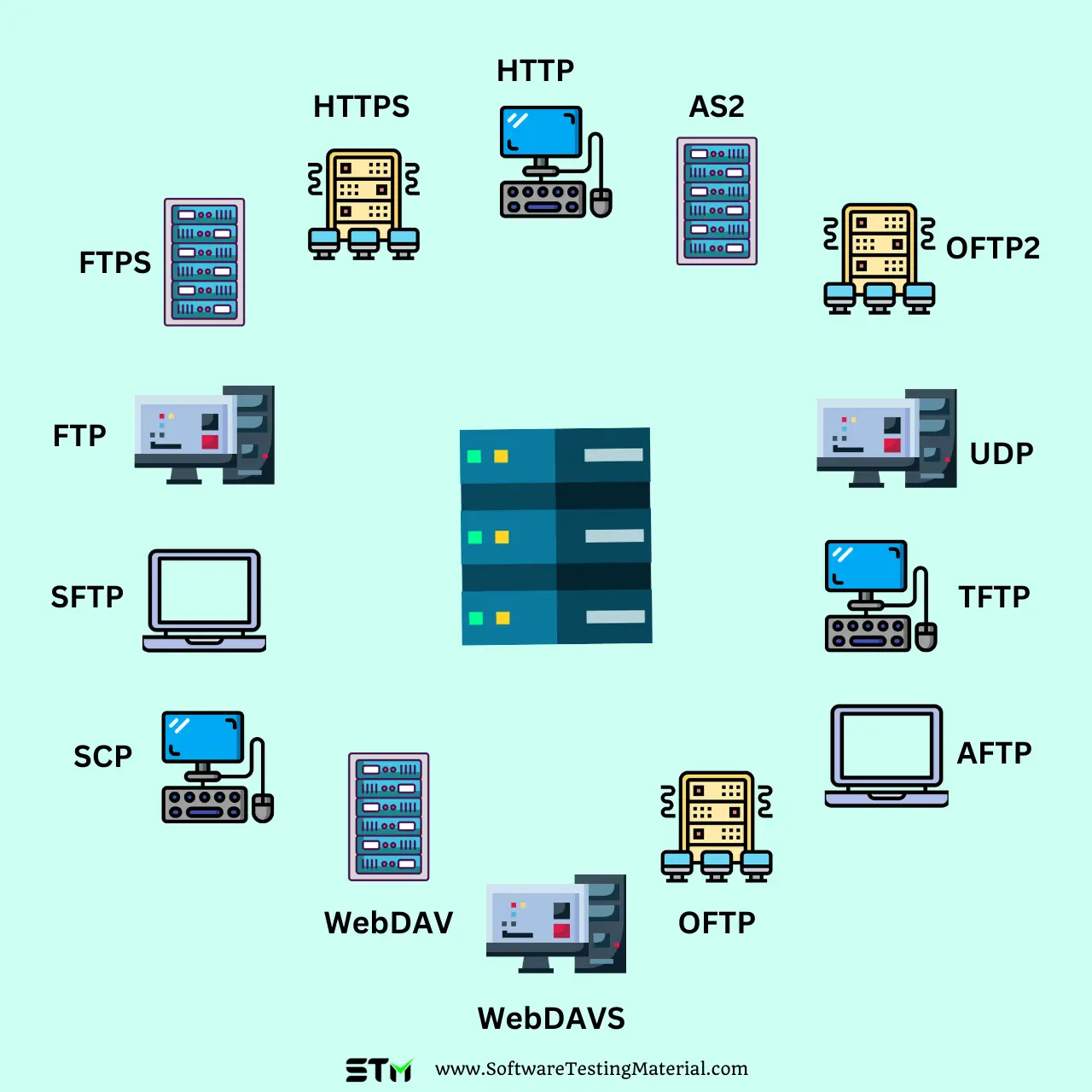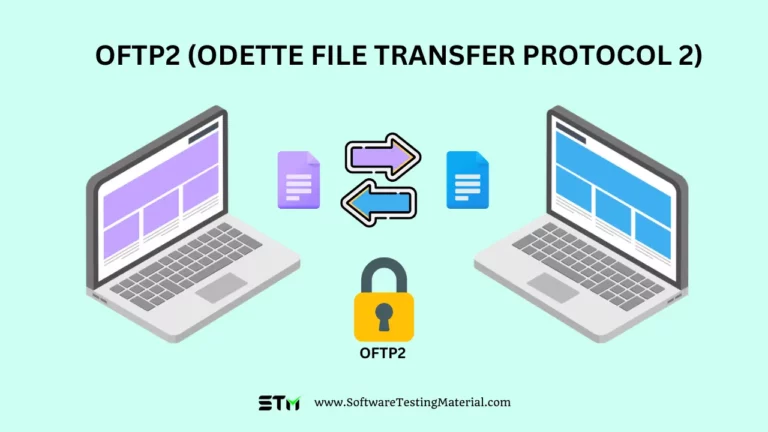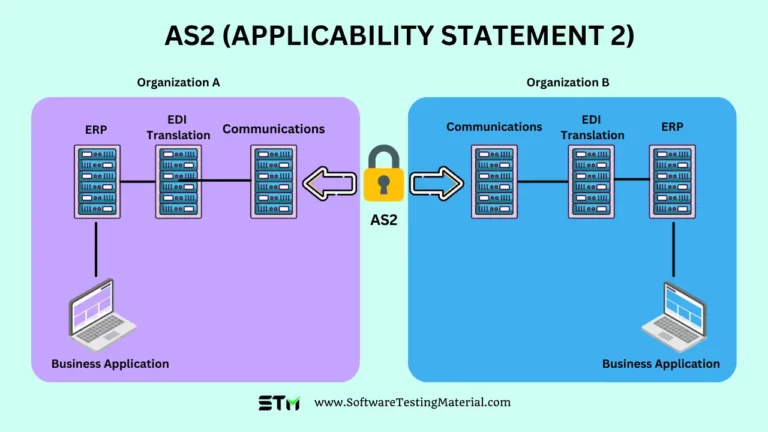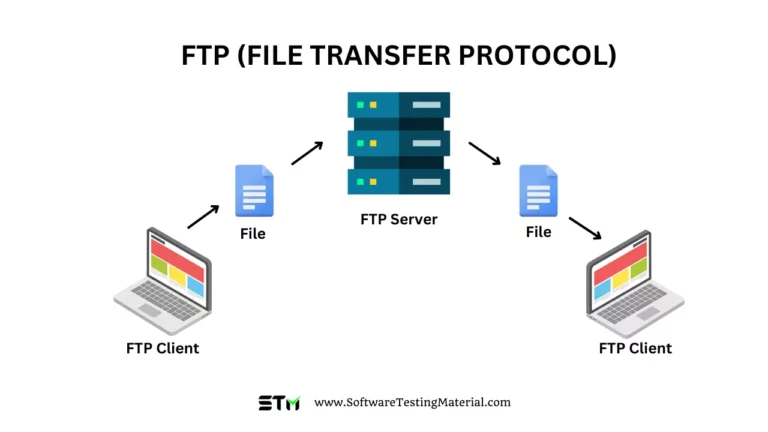14 Popular File Transfer Protocols For Business Explained
In our digital world today, file transfer protocols (or FTPs) are crucial for sending and receiving data across networks. They make business-to-business dealings smooth and can greatly speed up file transfers. FTPs provide a range of handy tools designed to meet different business needs.
This article takes a closer look at 12 common FTPs used in businesses.
FTPs For Business
File Transfer Protocols (FTPs) are a set of standard rules that allow files to be exchanged over the Internet. Here are 12 essential FTPs that businesses commonly use:

#1. FTP (File Transfer Protocol)
FTP is the standard network protocol used for the transfer of computer files between a client and server on a computer network. The port number for FTP is 21.
Learn more: File Transfer Protocol – Detailed Guide
#2. HTTP (Hypertext Transfer Protocol)
HTTP is the protocol used for transferring data over the internet, commonly used when browsing web pages. It is faster and more efficient than FTP, but less secure. The port number for HTTP is 80.
#3. FTPS (FTP over SSL)
FTPS is an extension of FTP that adds support for the encryption of data using Secure Sockets Layer (SSL) or Transport Layer Security (TLS). This makes it more secure than traditional FTP. The port number for FTPS is 21/990.
Learn more: File Transfer Protocol Secure – Detailed Guide
#4. HTTPS (HTTP Secure)
HTTPS is an extension of the HTTP protocol that adds an extra layer of security by using SSL or TLS encryption for secure communication over a computer network, and is widely used on the Internet. It is commonly used for online transactions such as e-commerce. The port number for HTTPS is 443.
#5. SFTP (SSH File Transfer Protocol)
SFTP is a network protocol that provides secure file access, file transfer, and file management over a secure data stream. It uses SSH (Secure Shell) for encryption and authentication. The port number for SFTP is 22.
Learn more: Secure File Transfer Protocol – Detailed Guide
#6. SCP (Secure Copy Protocol)
SCP is a protocol used for securely transferring computer files between a local host and a remote host or between two remote hosts using the SSH protocol, providing confidentiality and authentication of data transferred between systems. The port number for SCP is 22.
Learn more: Secure Copy Protocol – Detailed Guide
#7. WebDAV (Web Distributed Authoring and Versioning)
This protocol is an extension to HTTP. It allows users to collaboratively edit and manage files on remote web servers. The port number for WebDAV is 80.
#8. WebDAVS (WebDAV Secure)
This is simply the secure version of WebDAV, which relies on HTTPS for security. The port number for WebDAVS is 443.
#9. TFTP (Trivial File Transfer Protocol)
This is a simple, lock-step FTP that allows a client to get or put a file onto a remote host. The port number for TFTP is 69.
#10. AS2 (Applicability Statement 2)
AS2 is a protocol that allows you to transmit data securely and reliably over the Internet. The port number for AS2 is 80/443.
Learn more: What is AS2 (Applicability Statement 2) – Detailed Guide
#11. OFTP (Odette File Transfer Protocol)
OFTP is used for EDI (Electronic Data Interchange) between trading partners and for transferring large files or datasets (such as CAD/CAM files) which are too large for email. The port number for OFTP is 3305/6619.
#12. AFTP (Accelerated File Transfer Protocol)
AFTP is an advanced protocol that provides unsurpassed speed and reliability for IP networks, such as the Internet. The port number for AFTP is 3000.
#13. UDP (User Datagram Protocol)
UDP is a pretty straightforward internet protocol. It’s connectionless, meaning it doesn’t bother with confirming data receipt, making transmissions faster. But here’s the thing – it’s great for file transfer speed, but it doesn’t come with built-in encryption. The port number for UDP is 53 for Domain Name System (DNS) queries.
#14. OFTP2 (ODETTE File Transfer Protocol 2)
OFTP2, primarily used for business data exchange, particularly in the automotive industry, uses Transport Layer Security (TLS/SSL) File encryption and Cryptographic Message Syntax. The port number for OFTP2 is 6619.
Conclusion
In conclusion, the selection of a file transfer protocol plays a vital role in determining the efficiency, reliability, and security of data transfers within businesses. The 12 FTPs explained in this article offer unique features tailored to various business needs and specific industry requirements. By understanding these protocols, businesses can make informed decisions, optimizing their data transfer processes, enhancing their operational efficiency, and ultimately driving their success in the increasingly digital and interconnected business landscape.
If you’re looking for a comprehensive solution that supports all 12 file transfer protocols, consider using MFT Server. This managed file transfer server comes pre-loaded with robust security and automation capabilities, making it an ideal choice.
Check out the provided link to learn more about MFT and explore a list of the best MFT Software.
Frequently Asked Questions
What is the Most Secure File Transfer Protocol?
Managed File Transfer (MFT) is considered the most secure file transfer protocol due to its advanced security features. Unlike Secure File Transfer Protocol (SFTP), MFT offers additional benefits such as automation, reporting, and better compliance. It allows businesses to choose the appropriate protocol for transferring files between various systems, ensuring secure data transfer and compliance with industry standards like PCI DSS.
What to Look for in a File Transfer Protocol?
When selecting a file transfer protocol for your business, prioritize security and ease of use. Look for protocols with built-in encryption, like SFTP, and consider additional security systems for added peace of mind. Ensure compliance with legal security standards, such as HIPAA guidelines. For efficient data transfer, choose a platform capable of handling large volumes of data at fast speeds, with features to prevent packet loss and high latency.
What are the best practices for Secure File Transfers?
Using VPNs can protect sensitive information when using public Wi-Fi. Strong passwords and regular audits add extra layers of security. Reviewing files before transferring and educating users on the proper protocol is also crucial for maintaining security.
Related posts:






